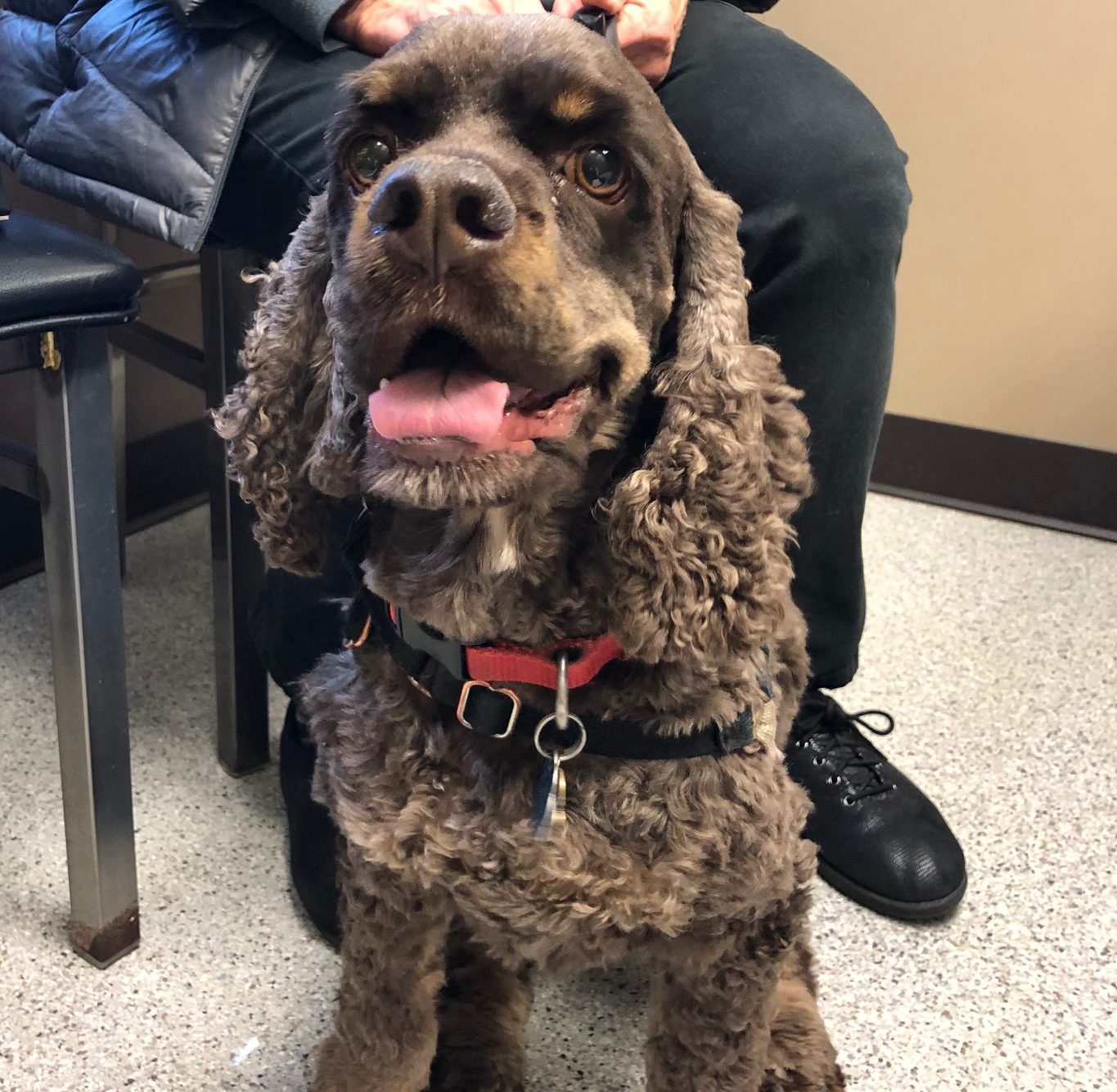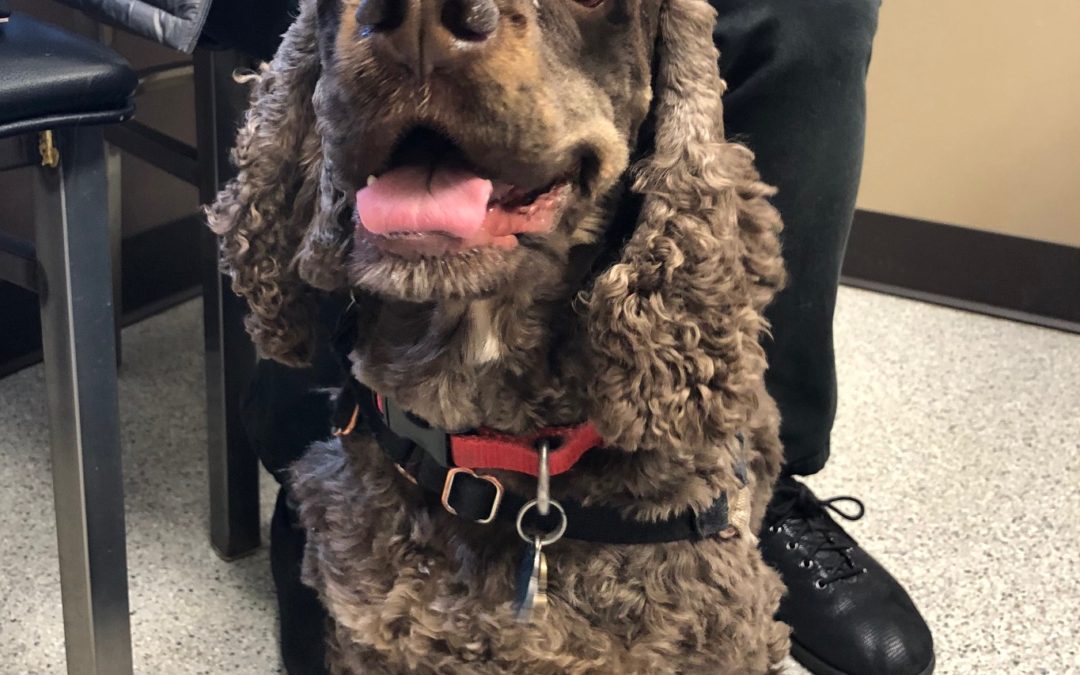 Allergies are diagnosed when the history and clinical signs are suggestive and other likely causes, besides allergies, are ruled out by diagnostic tests or therapeutic trials. Testing is not done to confirm allergies, it is done to formulate immunotherapy, as discussed below.
Allergies are diagnosed when the history and clinical signs are suggestive and other likely causes, besides allergies, are ruled out by diagnostic tests or therapeutic trials. Testing is not done to confirm allergies, it is done to formulate immunotherapy, as discussed below.
There are two ways to test for environmental allergies in dogs and cats. I greatly prefer intradermal skin testing over serum testing (ELISA test) for my patients. Having used both tests extensively, I believe the skin test is more reliable and leads to better long term results from immunotherapy based upon it. Details about how these tests work and why I have a preference is a bit much for a short blog, but if you are interested in comparing these tests, just ask me at your next appointment. Prick testing is commonly done in humans, but doesn’t work well in cats and dogs. Patch testing for contact dermatitis is difficult and rarely done in dogs and cats.
In terms of treatment, avoidance of allergens is impossible or highly impractical (therefore, testing is not helpful for the purpose of avoidance). Treatment with over the counter and prescription drugs can be used to control clinical signs of allergies, but they are not directed at the pet’s specific allergies (again, testing is not helpful). Commonly used medications will be discussed separately, but unfortunately, the safest drug options are not usually the most effective, and the treatments that work quickly and effectively often have long-term risks associated with them.
That is why allergen specific immunotherapy (ASIT), is my first recommendation for treatment of pets with allergic dermatitis lasting more than 3 or 4 months of the year. It is usually the safest, easiest, and most economic option in our tool box, but it takes a while to work and is not always effective. Most patients start to show improvement after 4 to 6 months and full benefit after about a year. After one year, about 80% of clients find the benefits of immunotherapy outweigh the cost and effort of administering immunotherapy and they decide to continue it. About 20 % discontinue due to ineffectiveness.
ASIT can be given by injection or under the tongue (sublingual immunotherapy or SLIT). After an initial build up phase for safety purposes, injections are generally given every 7 to 20 days to maintain effect, but sublingual treatments are continued twice daily to maintain effect, so many clients still choose to give injections over oral therapy. It is interesting, but unfortunate, that most pets who benefit from immunotherapy require it for life, unlike humans who are frequently “cured”. Most of our patients who are benefitting from immunotherapy will relapse 3 to 6 months after discontinuation.

